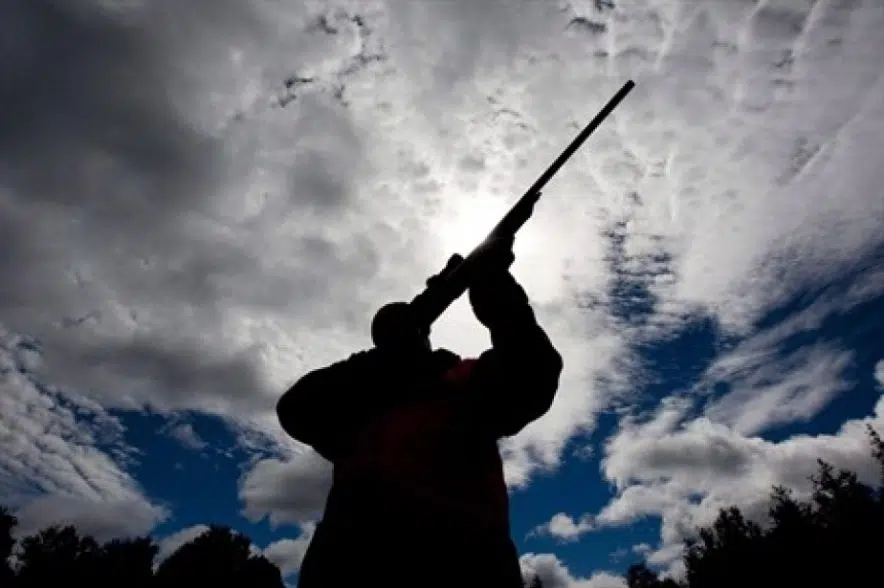The Saskatchewan Wildlife Federation (SWF) is going back to the drawing board in hopes of developing a way to help hunters find land on which to hunt.
SWF executive director Darrell Crabbe said there are resources available, but nothing to directly connect hunters and landowners.
“It’s very difficult out there and a lot of people are having poor hunting experiences because of it,” said Crabbe.
An app called SaskLander was developed in 2019 to connect the two groups, but Crabbe said it is no longer in service. A widely used app called iHunter identifies properties where hunting can be done and shows users First Nation reserves and park perimeters.
HABISask is a website with similar uses.
“It’s about trying to get some program developed that’ll allow hunters to get permission from landowners to gain access to go hunting,” Crabbe said.
He said there are a few difficulties that get in the way, and the loss of landline phones was a big one. Most farms are not under individual names, but rather corporations and because of that, hunters can’t get the information they need to contact the owners.
The SWF is trying to work with the provincial government and other non-government organizations to develop a program that can connect hunters with landowners.
Crabbe said a resource like that isn’t anything new. There are similar services in the United States that the SWF could follow when developing its own.
Landowners also wants to be more involved.
“They want to provide access to try to reduce (wildlife) overpopulation in certain areas. But trying to connect with hunters is equally as difficult as there is no pipeline that provides that type of opportunity,” Crabbe said.
Another layer that makes hunting more challenging is the Trespass to Property Act. It requires hunters to get permission from landowners before going on their property.
As for if the legislation makes hunting easier or not, Crabbe said: “It depends what side of the fence you’re on.”
He said a lot of landowners have concerns about unwanted people on their property.
The legislation also helps organizations like the SWF that manage thousands of acres of land. It’s easier to control hunting and ensure hunting only occurs in its designated season to allow wildlife populations to grow.
“There’s lots of good reasons why we should have trespassing legislation. It’s just how can we connect the hunting community with private landowners in the province?” said Crabbe.
In a statement, the Ministry of Environment said seeking consent of landowners to enter their property is now a legal requirement. Consent can be provided in writing, electronically, orally or through signage.
At the end of this hunting season, there will be opportunities for re-evaluating to see what the SWF can change or improve.
“I know we are planning to have meetings with some government and non-government organizations between now and the end of the year to see if we can establish some kind of programming to get things going,” said Crabbe.
As for the dry summer and if it had an impact on hunting season, it’s too early to say. It varies from different locations across the province where some areas were more dry than others.
“We know that we had a fairly severe winter last year with the prevalence of chronic wasting disease in some areas, which weakens (animals’) symptoms and makes them more susceptible to winter mortality,” said Crabbe.
Chronic wasting disease
The Saskatchewan government wants to remind hunters that chronic wasting disease (CWD) testing dropoff locations are open for another year. Hunters are encouraged to submit deer, moose and elk samples.
The Ministry of Environment said samples can be submitted from animals harvested anywhere in the province, but it’s focusing on wildlife management zones (WMZ) 2W, 9, 10, 37, 47, 50 and 55. CWD has now been detected in 60 of the province’s 83 WMZs.
The province will also be testing for bovine tuberculosis in elk, moose, white-tailed deer and mule deer in WMZs 37 and 48 after the disease was detected in cattle earlier this year. The ministry said bovine TB has never been detected in wildlife in the province.
Hunters with samples can visit cwdsk.ca to register and receive a unique tracking number.











